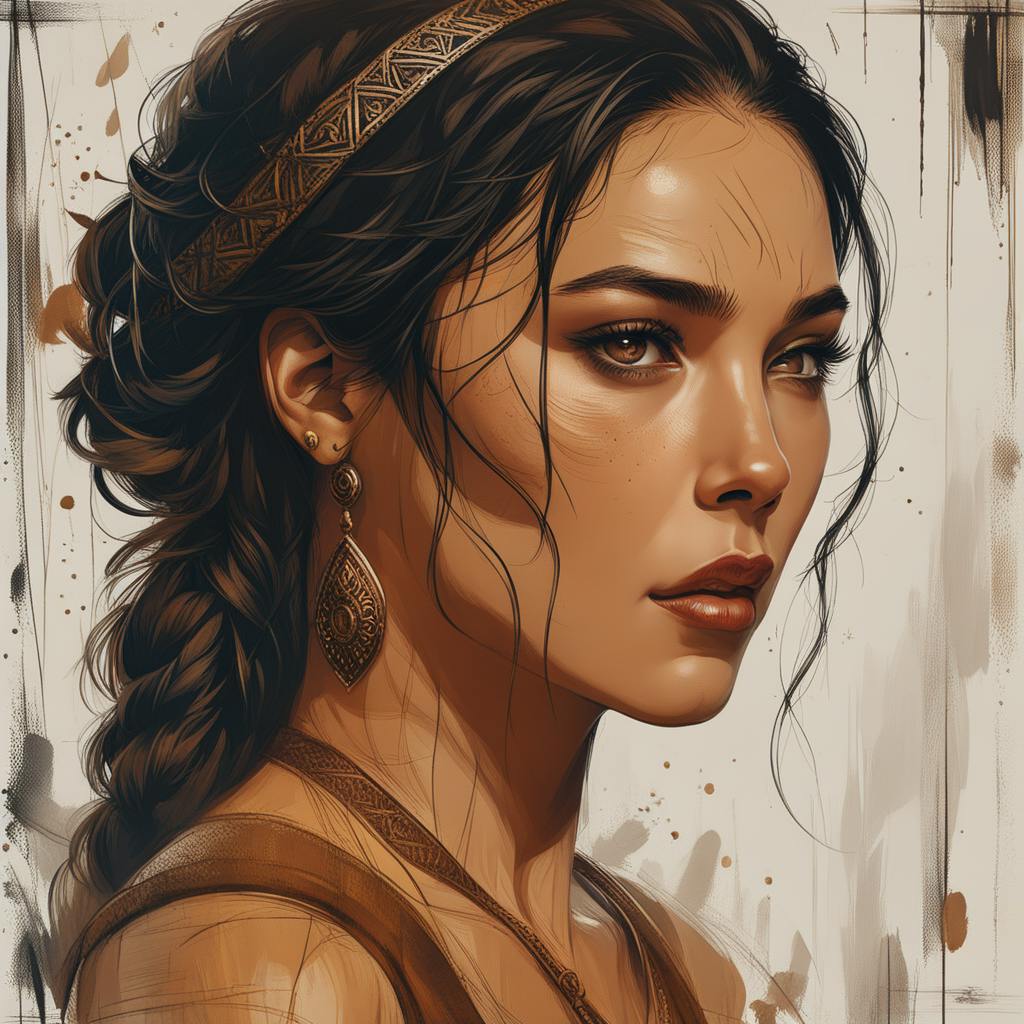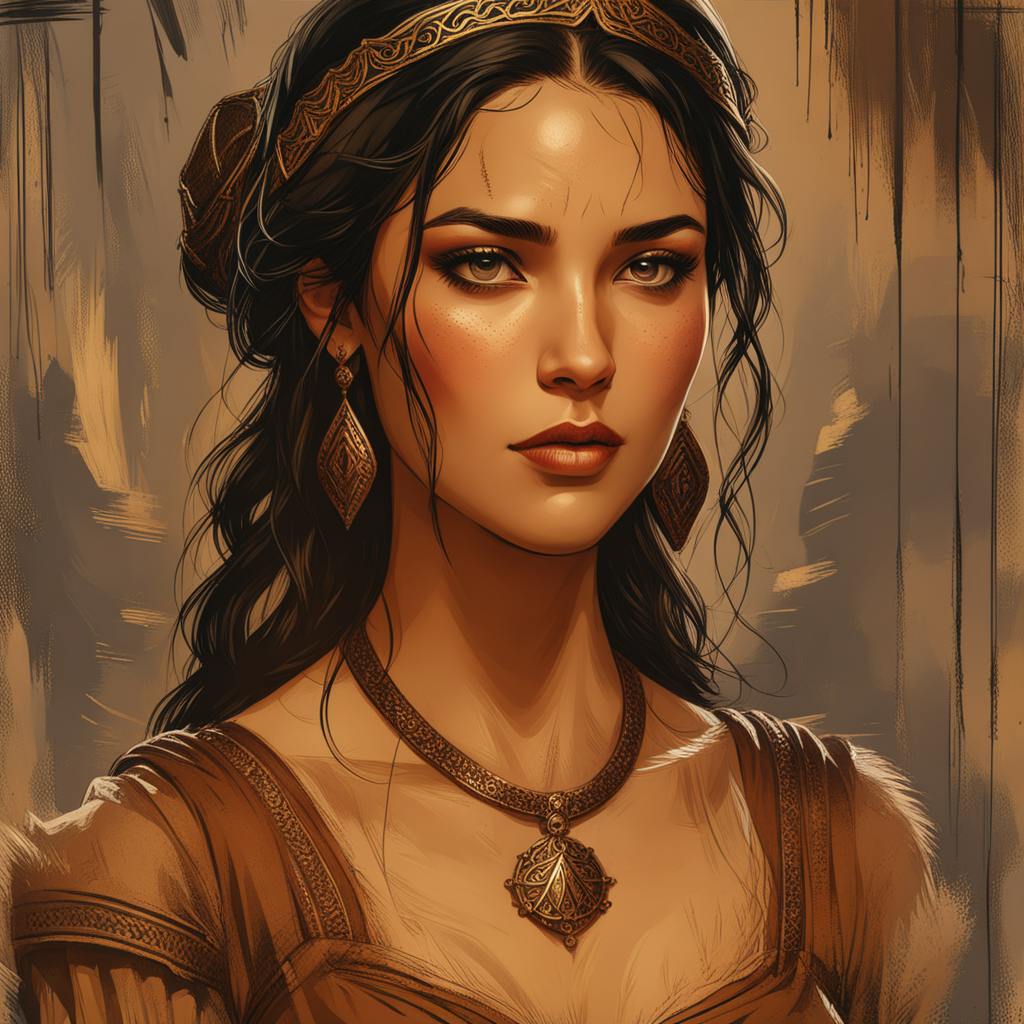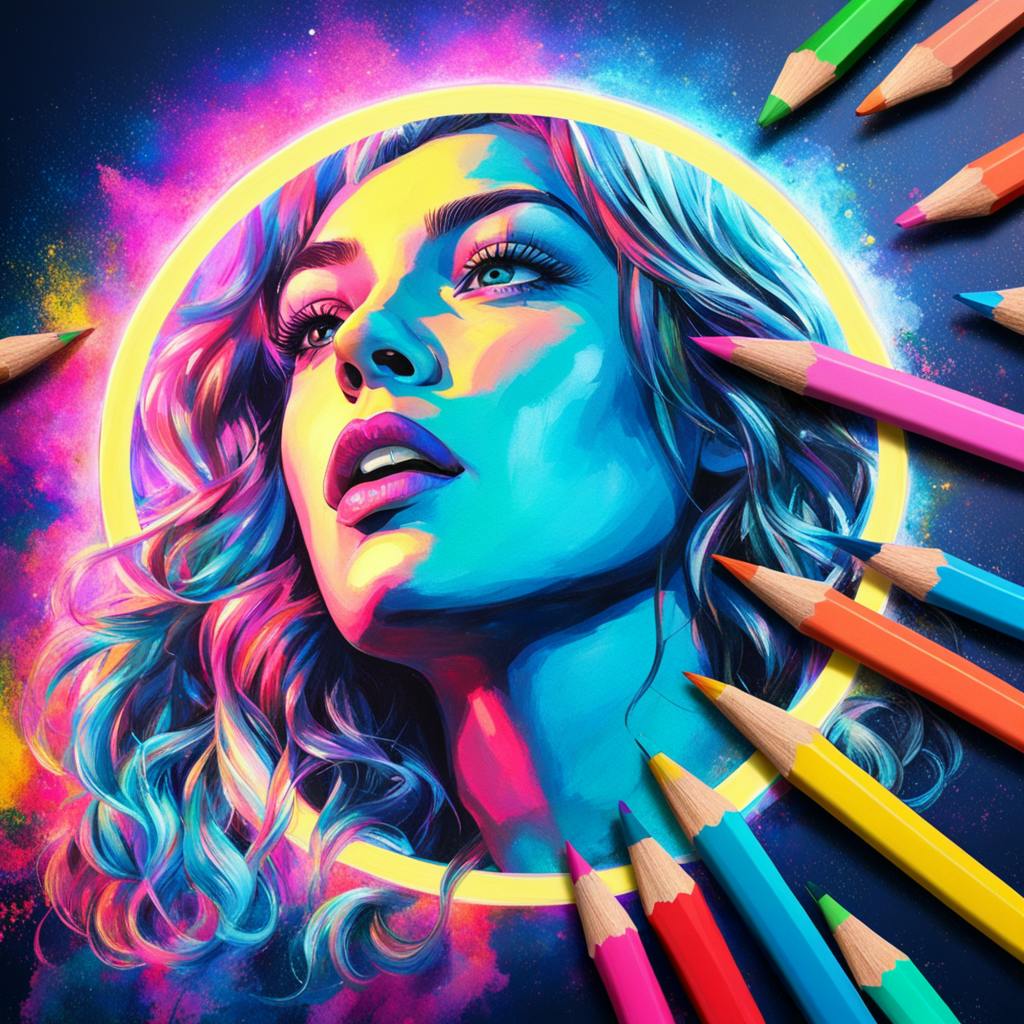In recent years, artificial intelligence (AI) has moved from a distant dream to a real part of everyday life. As AI grows more advanced, a new and fascinating idea has emerged — AI mythology. This is where technology meets the old stories and symbols that have shaped how people understand the world.
In this article, we explore AI mythology and how it connects modern technological advancements with ancient myths. Together, they reveal surprising insights about our hopes, fears, and the future we imagine.
The Roots of AI Mythology
From Ancient Automatons to Modern Machines
People have always been fascinated by the idea of creating life or intelligence through artificial means. Ancient myths are full of such stories. One example is Talos, the giant bronze warrior from Greek mythology, built to protect the island of Crete. Tales like this show an early curiosity about artificial beings and what they might mean for humanity. In many ways, these myths were the first step toward the ideas that shape our modern AI.
Divine Inspiration and Intelligent Constructs
Many cultures tell stories of gods or divine beings giving life or wisdom to objects. In Hindu mythology, Lord Vishwakarma — the divine architect — is said to have built incredible works of engineering and design. Today’s AI systems echo these old stories. They raise similar questions about the power to give machines a form of intelligence, as well as the ethical and even spiritual duties of their creators.
The Symbolism and Implications of AI Mythology
AI as a Modern Mythical Narrative
AI can be seen as a new kind of myth. In the past, myths helped people make sense of the world. They offered stories to explain nature, human behavior, and life’s big questions. Today, AI plays a similar role. It changes how we think about intelligence, consciousness, and what it means to be human in a world where machines can perform tasks once thought uniquely ours.
Ethical Dualities: Creation versus Control
Many ancient myths explore the tension between creating something powerful and controlling it. They warn of risks when humans give too much power to forces they may not fully understand. AI mythology reflects the same concerns. It raises questions about the ethical limits of AI, how much control its creators should have, and what could happen if technology becomes truly autonomous.

AI made with Bill Mather
Case Study: ChatGPT and the Rise of a Modern AI Myth
When OpenAI released ChatGPT in late 2022, it became the fastest-growing consumer app in history, reaching 100 million users in just two months. The tool’s ability to hold human-like conversations fueled headlines calling it “the most advanced AI ever” and sparked debates about whether machines were becoming truly intelligent.
Like ancient myths about gifted creations — from the golems of Jewish folklore to the automata of Greek legends — ChatGPT was seen by many as a new life form, despite being a language model with no consciousness. Its rapid adoption amplified fears of mass job loss, misinformation, and even AI “taking over,” while others hailed it as the dawn of a new creative era.
This gap between what ChatGPT can actually do and what the public believes it can do is a hallmark of AI mythology — where technology becomes larger than life in the cultural imagination.
Lessons and Insights from AI Mythology
Myths as a Lens for Understanding AI
Myths give us more than entertainment — they provide a cultural framework to interpret technology. Viewing AI through myth helps us see:
- Hopes — The belief that AI can improve life, solve problems, and extend human potential.
- Fears — Concerns about loss of control, job displacement, or ethical misuse.
- Expectations — Ideas about how AI should act, shaped by centuries of storytelling.
AI as the Source of Future Myths
As AI becomes more integrated into daily life, it will likely inspire new myths. These stories could reflect:
- The challenges of living alongside intelligent machines.
- Moral questions about autonomy, rights, and control.
- The balance between human creativity and machine capabilities.
What Ancient Myths Teach AI Developers
History’s oldest stories still carry lessons that apply to AI today:
- Balance — Power should be matched with responsibility.
- Foresight — Anticipate possible consequences before creating new technology.
- Ethics — Creation without moral consideration often leads to unintended harm.
By applying these timeless principles, AI development can be guided toward innovation that respects both human values and societal stability.
Exploring Artificial Intelligence and Ancient Mythology: An FAQ
What connections exist between artificial intelligence and ancient mythology?
Both share the theme of creating life or intelligence beyond natural means. Myths across cultures tell of beings with human-like minds made by gods or magic.
- Creation Myths: In Greek mythology, Hephaestus built automatons, Pandora was the first artificial woman, and Pygmalion’s statue Galatea was brought to life by Aphrodite.
- Sentient Constructs: The Jewish Golem and the alchemist’s homunculus are examples of man-made beings given life.
- Divine Wisdom: Figures like Prometheus, who gave fire to humans, symbolize the gift of knowledge — much like AI represents human innovation.

AI made with Bill Mather
How can ancient mythology help us understand AI?
Myths offer lessons and models for thinking about intelligence, creativity, and ethics.
- Ethics: Many myths warn about the dangers of power without responsibility — a clear parallel to AI development.
- Narrative Insight: Myths encourage reflection on what it means to be human and the risks of creating artificial beings.
- Archetypes: Trickster gods like Hermes reflect how innovation can bring both progress and chaos.
How do ancient myths depict AI-like ideas?
Though AI is a modern invention, similar ideas appear in ancient myths. Stories like that of Talos, the giant bronze guard of Crete, imagined early versions of programmable machines. The creation of the Golem mirrors programming by giving form and purpose to something lifeless. Even deities such as Athena, known for wisdom and strategic thinking, reflect the traits we now strive to build into AI systems.
What roles do AI and mythology play in modern society?
Both inspire wonder, guide values, and tell stories that help people understand change.
- Technology and Wonder: AI excites the imagination like myths once did.
- Modern Myth-Making: Stories in media and fiction about AI are today’s myths.
- Reflection of Values: Both reveal a society’s hopes, fears, and priorities.
- Bridging Fields: Myth-inspired questions and AI technology together encourage deeper thinking across science and the humanities.
The Enduring Relevance of AI Mythology
AI mythology shows how ancient stories and modern technology intertwine. These myths reveal deep truths about creation, control, and the nature of consciousness. Looking at AI through the lens of mythology gives us a broader view — one that includes both the promise of innovation and the need for ethical care.
As AI grows, so will the stories we tell about it. These myths will continue to reflect our hopes and fears, shaping how we use technology in the future. In learning from them, we not only understand our machines better but also ourselves — the storytellers of the next age.

